MXA’S 2020 KTM 125SX VS. 2020 YAMAHA YZ125 UNSHOOTOUT
This isn’t a shootout between the 2020 Yamaha YZ125 and the 2020 KTM 125SX; it is an unshootout. We will give you all the same facts as in a true-to-life shootout, but 125 two-strokes differ from 250 two-strokes, 250 four-strokes or 450 four-strokes in that they serve a different master. For the most part, these three groups of bikes are purebred race bikes. They have dedicated race classes where they have a chance of winning. Not so with a 125 two-stroke. Under the AMA’s convoluted double-displacement handicapping of four-strokes, the number of 125 two-strokes with a ghost of a chance of winning anything above the 125 Novice class is almost nil. That doesn’t stop guys from trying to race them. Even without racing acceptance, 125 two-strokes have found a unique audience. They have become the go-to bike of riders who just want to have fun.
The best place to find 125 two-strokes is at a practice track on a Saturday afternoon, where little smokers shine and their riders enjoy the thrill of going flat out. And, as of late, there are more two-stroke-only races where bikes like the YZ125 and 125SX can face off against other two-strokes. Whether at the World Two-Stroke Championships, Washougal Dream Race, AMA National All-Star series or Marty Tripes Two-Stroke series, race promoters are building special events for smokers.
Thus, the “2020 MXA 125 Unshootout” was born. Want to play ride on a sunny day with your friends? Want to go to the local track and throw down with your archenemies? Want to build your dream bike for the 2020 World Two-Stroke Championship? Want to relive your teenage years (only without fouling so many spark plugs)? The MXA unshootout is designed to provide you with all the information you need about these two bikes (three, actually, because the KTM 125SX can also be considered a stand-in for the virtually identical 2020 Husqvarna TC125).
WHAT DO THEY COST?
Without the tacked-on shipping charges and ridiculous setup fees that make your dealer look like he got his billing protocol from the phone company, the 2020 Yamaha YZ125’s Manufacturer’s Suggested Retail Price (MSRP) is $6599. That is $100 more than the 2019 YZ125. Not surprisingly, the retail price of the 2020 KTM 125SX also jumped up $100 from its 2019 price of $7199 to the 2020 price of $7299. The price differential between the YZ125 and 125SX remains locked in at $700.
If price is an issue, the 2020 Yamaha YZ125 is a bargain, and that extra $700 can go a long way towards buying fuel, pre-mix oil and tires, and repairing crash damage. But, and this is a big but, if you’re going to spend good money hopping up the YZ125, you would be better off buying the KTM 125SX in the first place.

WHAT DO THEY REALLY WEIGH?
Amazingly enough, the claimed weights of the YZ125 and 125SX are very accurate. Without fuel in the gas tank, but all other fluids, the 2020 YZ125 weighs 201 pounds (which is what they claim). The KTM 125SX hits the scales at a very light 192.5 pounds (slightly over a 1/2 pound more than the brochure claims).
Please note that the KTM 125SX is 7-1/2 pounds lighter than the YZ125—even on a 450cc motocross bike—that weight difference is something that can be felt on the track. The KTM 125SX goes to the starting line as the lightest full-size motocross bike made in 2020.
HOW DO THEY RUN ON THE DYNO?
If you are just looking at these two bikes’ stats overlaid on a dyno curve, the Yamaha makes more horsepower from 5000 rpm, which is as low as a 125 two-stroke can actually run, up to 7800 rpm. From 7900 rpm until both the YZ125 and KTM 125SX peak at 11,500 rpm, the KTM 125SX beats out the YZ125 across that 3500 rpm rev range. At peak, the KTM produces 37.50 horsepower, while the YZ125 makes 34.84. That is a 2.66-horsepower difference in favor of the KTM.
However, when you break it down into rpm increments, starting at 6000 rpm, the YZ125 is a 1/2 horse up on the KTM off idle. At 7000 rpm, the Yamaha makes 3/4 of a horse more than the KTM. This YZ125 trend continues to 7800 rpm, where the YZ is still more than a 1/2 horse better than the KTM; however, 200 rpm later, at 8000 rpm, which is where the KTM 125SX powerband kicks in, the orange bike is up by a little more than a 1/2 a horse over the YZ. And, the KTM continues to improve. At 9000 rpm, the 125SX has an almost 2-horsepower advantage. At 10,000 rpm, it is a 1/2 horse better. At 11,000 rpm it is almost 3 horses stronger, and at peak (11,200 rpm) the KTM is making 37.50 horsepower while the YZ125 is only making 34.50.

WHICH ONE MAKES THE MOST TORQUE?
The 2020 Yamaha YZ125 and KTM 125SX make their peak torque at 11,000 and 11,100 rpm respectively. The 125SX grinds out 17.69 pounds-feet of torque to the YZ125’s 16.29 pounds-feet. That is a significant advantage for the KTM. What isn’t always obvious is that the YZ125 makes more torque below 8000 rpm and the KTM 125SX above 8000 rpm.
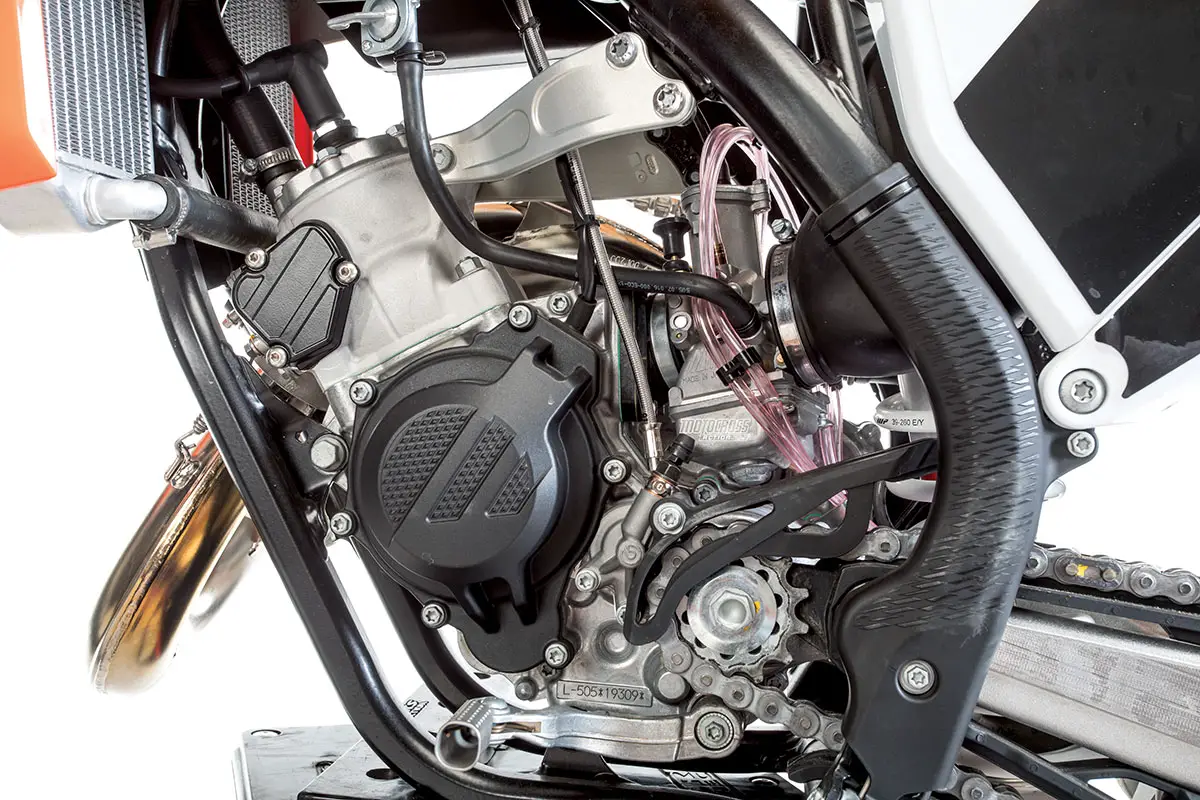
WHICH ONE IS FASTER ON THE TRACK?
You don’t need Sherlock Holmes to unravel the mystery of this question. Every MXA test rider could tell right away that the KTM was incredibly fast in the meat of its powerband. They were able to clear big tabletops on the KTM that the YZ125 always bounced off the top of. Up big hills, the KTM 125SX could turn a disadvantage at the bottom into an easy pass at the top. On long start straights, the KTM blew by the YZ125. If you are looking for the fastest production 125 two-stroke on the track—it’s orange.
IS THE 2020 YZ125 ENGINE A DOG?
Far from it. What is often overlooked is that speed at the end of the straight isn’t the be all, end all of a motocross bike. While the KTM 125SX is ultra-fast from 8000 rpm on up, the YZ125 powerband is much more usable on the exit of corners. Whereas the KTM would require considerable clutch work to get it up on the pipe, the YZ125 rocketed out of corners with a throaty pull. By generating more thrust in the first 50 feet after a turn, the YZ125 often built up a big enough lead that the high-rpm KTM could not close the gap. Lap after lap, two MXA test riders would duel with the YZ and KTM. The Yamaha YZ125 would burst out of turns, and the KTM would try to run it down at the end of the straight. If the YZ125 could stay at the front, eventually the KTM rider would make a mistake on corner exit and have to nurse the Austrian engine back up to speed.
The KTM’s hyperkinetic powerband was mistake prone at low rpm. The YZ125 was mistake free and, even if you did ham-fist a corner, it would jump right back on the pipe almost instantaneously, not so with the KTM 125SX.
WHICH ENGINE WAS MORE FUN TO RIDE?
Beyond a shadow of a doubt, every test rider said that the YZ125 was easier to ride, less mistake prone and more fun because it opened up more line options thanks to its low-to-mid power delivery. The KTM was stressful in tight turns and required a go-for-broke approach, because all the passes were made via sheer speed, whereas the YZ125 passes were made by race craft.
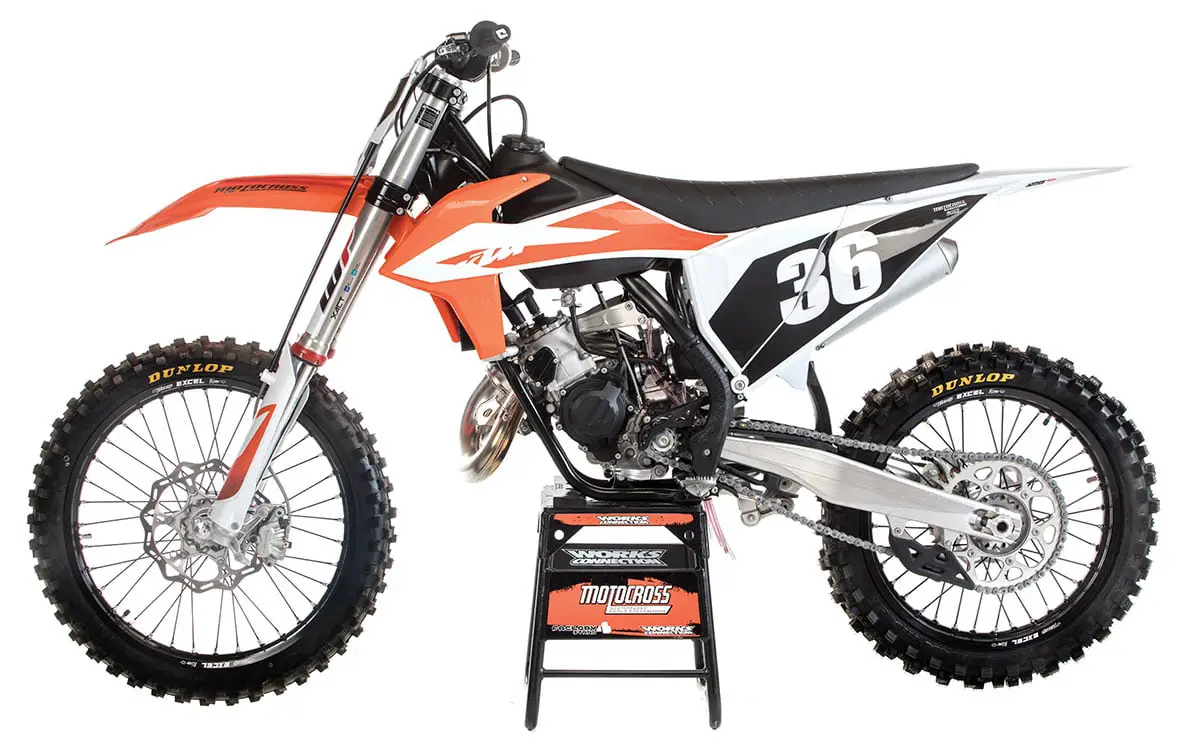
WHICH BIKE HAD THE BEST SUSPENSION?
The MXA test riders thought that it was a waste of time to compare the YZ125’s Kayaba SSS suspension to the KTM 125SX’s WP XACT suspension. After all, Kayaba SSS suspension has consistently been rated the best for the last 14 years. Maybe it was because of the lightness and reduced power of the 125 two-strokes, but the difference between the SSS and XACT suspension wasn’t as great as it was on 250 and 450 four-strokes. There were two factors at play here: (1) The loads and stresses on the suspension components are much less on a 201-pound, under 35-horsepower YZ125 than on a 238-pound, over-58-horsepower YZ450F (or its orange counterparts). (2) One of the inherent downsides of coil-spring forks is that if the spring rate isn’t correct for your weight or speed, it is a hassle to install softer or stiffer springs. No one ever pulls into the pits after a moto and says, “Quick, change my fork springs. They are too soft.” Air springs, however, can have a stiffer or softer spring rate in minutes. And, during our testing with 130-pound Novices, 175-pound Vets and National-speed Pros, we were able to suit their spring needs with the WP XACT air forks on the spot.
In the final analysis, the Kayaba SSS forks worked best for the target audience of a 125 two-stroke, which Yamaha feels is teenagers in the 130- to 150-pound range. And, it was workable with compression and rebound adjustments up and down the weight range. Every heavier test rider preferred the 48mm WP XACT air forks for obvious reasons.
As far as the shocks went, the test riders felt that both the Kayaba and WP shocks were equal in overall performance, but again it was weight dependent.

WHICH BIKE HANDLES BEST?
We marvel that the 14-year-old chassis of the YZ125 still handles like a contemporary machine. It has a few quirks left over from its 2005 inception, but it is a workmanlike chassis that corners well, is stable at speed and feels balanced. There is nothing to complain about with the YZ125’s frame geometry—and there is nothing to brag about, either. But, even with its advanced age, it is better than many of the frames released in the 2020 model year. It is, however, not better than the 2020 KTM 125SX chassis. The KTM’s chromoly steel frame has more resilience, responds with an organic feel, turns in nicely and loves to rail through ruts. There is no chattery feedback from the front end when leaned over; however, most of the KTM’s prowess comes to the forefront when it is pushed hard by the rider.
The Yamaha chassis has proven to be bulletproof, not objectionably rigid, and a good fit for a wide range of conditions. The biggest hindrance to the Yamaha’s handling is that it comes with three-generation-old Dunlop MX52 tires front and rear. The front isn’t as predictable as the two-generation-old Dunlop MX3S tires on the KTM 125SX. The MX3S is a terrific front tire but was dropped from the Dunlop lineup when it showed a propensity for shedding the side knobs on the front tire if ridden on hard-packed dirt. But, from a handling perspective, we’d rather have the MX3S than the MX52.
WHAT THE MXA TEST RIDERS THOUGHT
“The YZ125 was more fun to ride. It felt crisper and picked up cleanly from low to mid. If I flubbed a corner, the YZ125 would fix it. The KTM felt better in the corners, but because you had to gun it out of tight corners, it was easy to fall off the pipe.”
“The KTM 125SX was night-and-day faster than the YZ125. It had more top-end, revved quicker, and seemed to have a longer powerband. The YZ125 got all of its work done off the bottom. It responded quickly, but after that you waited to see if the KTM was going to blow by you once the Yamaha power flattened out.”
“I’d probably gear the KTM down one tooth to help the low-end throttle response, especially on short run-ups to jumps.”
“Yamaha’s front brake was much better than I remember it being. It wasn’t Brembo solid, but it had a nice pull and good modulation. That was nice, because when you are racing against a 250 four-stroke, you have to go in deep and take advantage of the freewheeling two-stroke engine and lightweight chassis. You know they are going to pull you on corner exit unless you dive bomb them in the last few feet.”
“I preferred the KTM’s lower handlebars to the YZ125’s bars, probably because the YZ125 bars came off the YZ250 and felt a little too tall. The other thing that bothered me was the bottom subframe bolt on the left side of the bike. My boot kept hitting it. It sticks out too far.”

“If I were buying a bike to play ride on, I’d buy a YZ125, keep it in stock condition and live happily ever after. I wouldn’t buy one to race on.”
“Would it kill them to make the YZ125 look more up-to-date. Yes, they switched to the Arrow plastic in 2015, but that was five years ago and even the YZ250F and YZ450F don’t use that look anymore.”
“There were no jetting issues with either the YZ125 or KTM 125SX. That wasn’t true when KTM first went from Keihin to Mikuni. Now the YZ125 and KTM 125SX have the same carburetor.”
“With the same run-up and distance to the jump, I could clear everything on the KTM. I came up short occasionally on the YZ125.”
“I have to believe that the 2006 Yamaha YZ125 must have been an incredible machine back in its day, because it is so close to being at the top all these years later with hardly any changes.”
WHAT DO WE REALLY THINK?
If you’re riding 125s for fun and pleasure, ride a YZ125. It offers enough bang for the buck to satisfy anyone looking to have fun on one of the greatest motocross machines ever made.
If you’re racing a 125 to improve your skills, win races and not give up an iota of performance to the competition, race a KTM 125SX. It is a better race bike than the YZ125—and any attempt to make the YZ125 as fast, light and svelte as the 125SX will end up costing more than the $700 price differential.
MXA 125 TWO-STROKE SHOOTOUT VIDEO
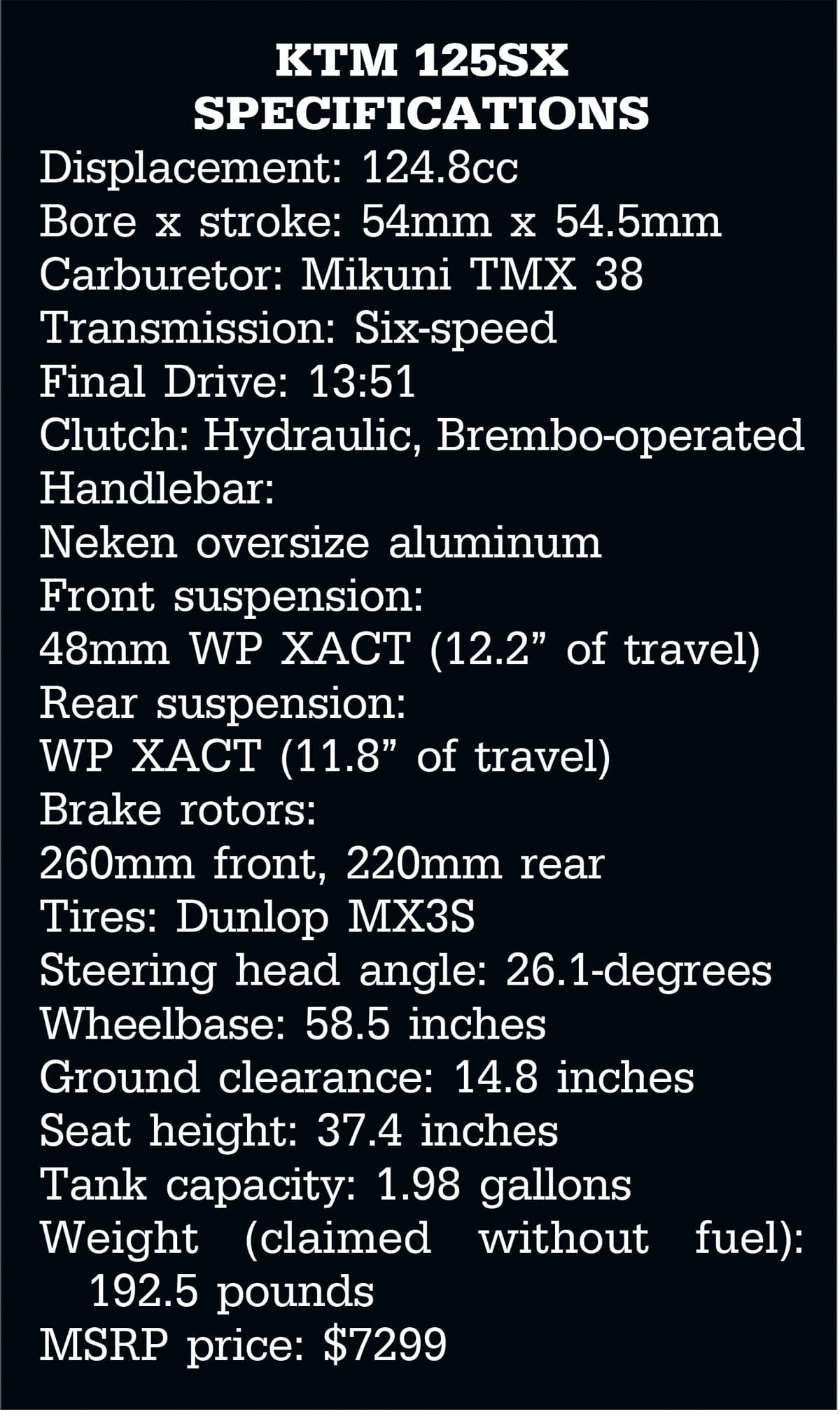


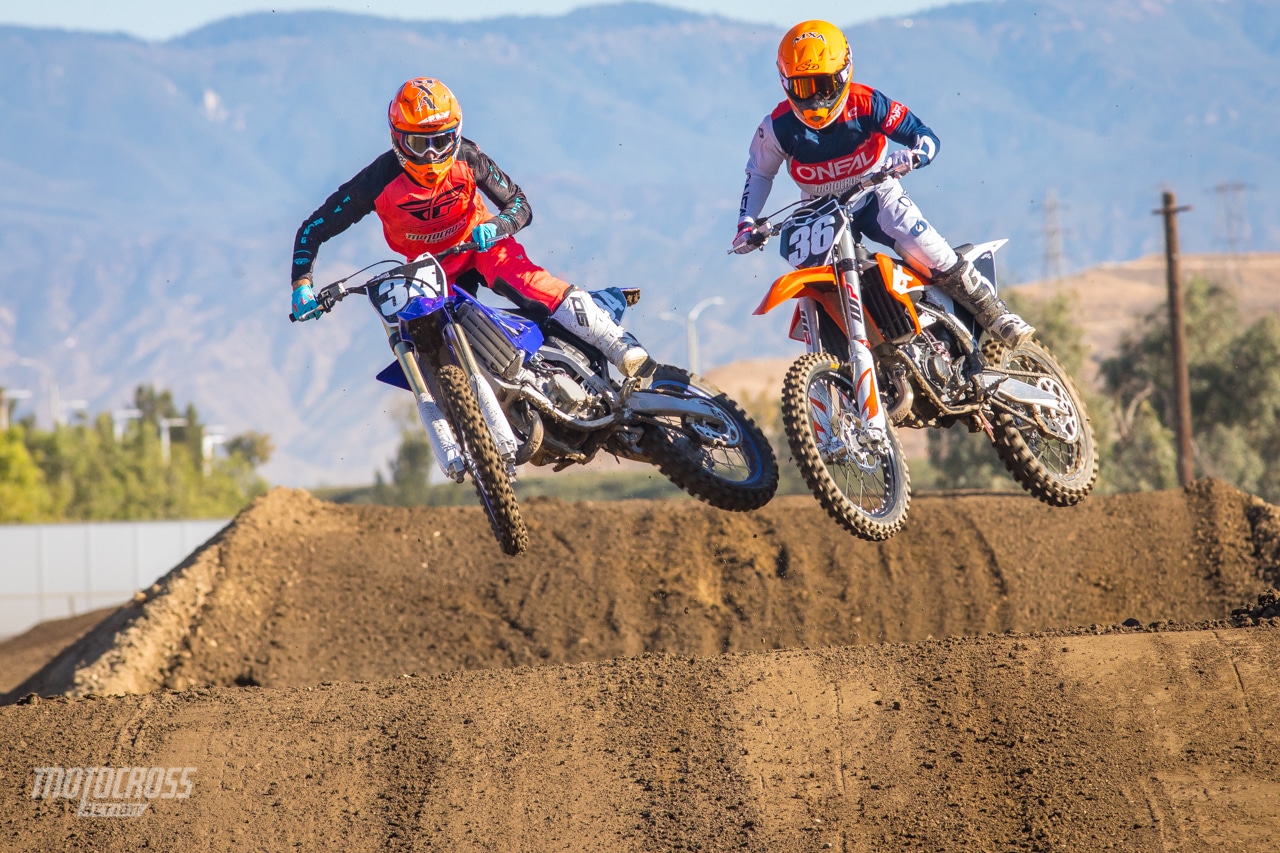
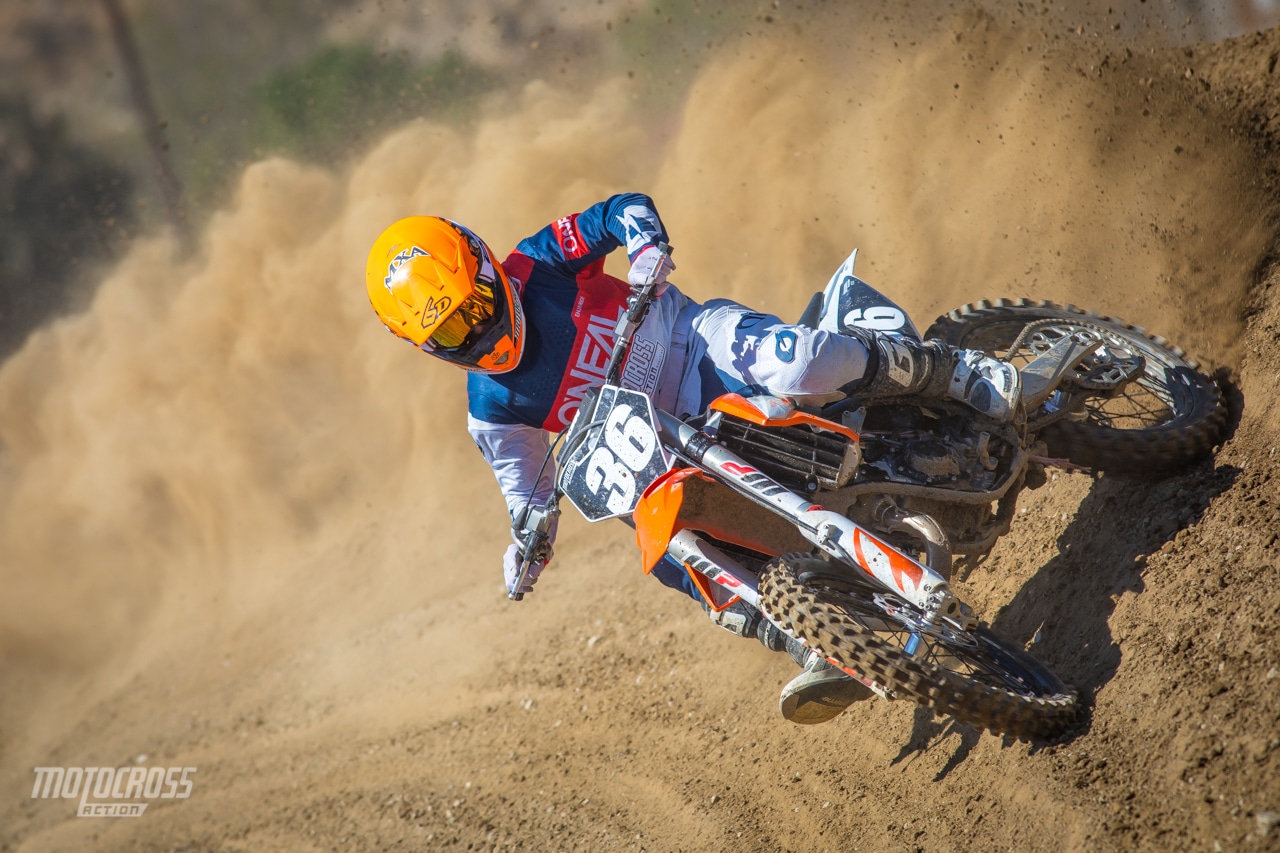


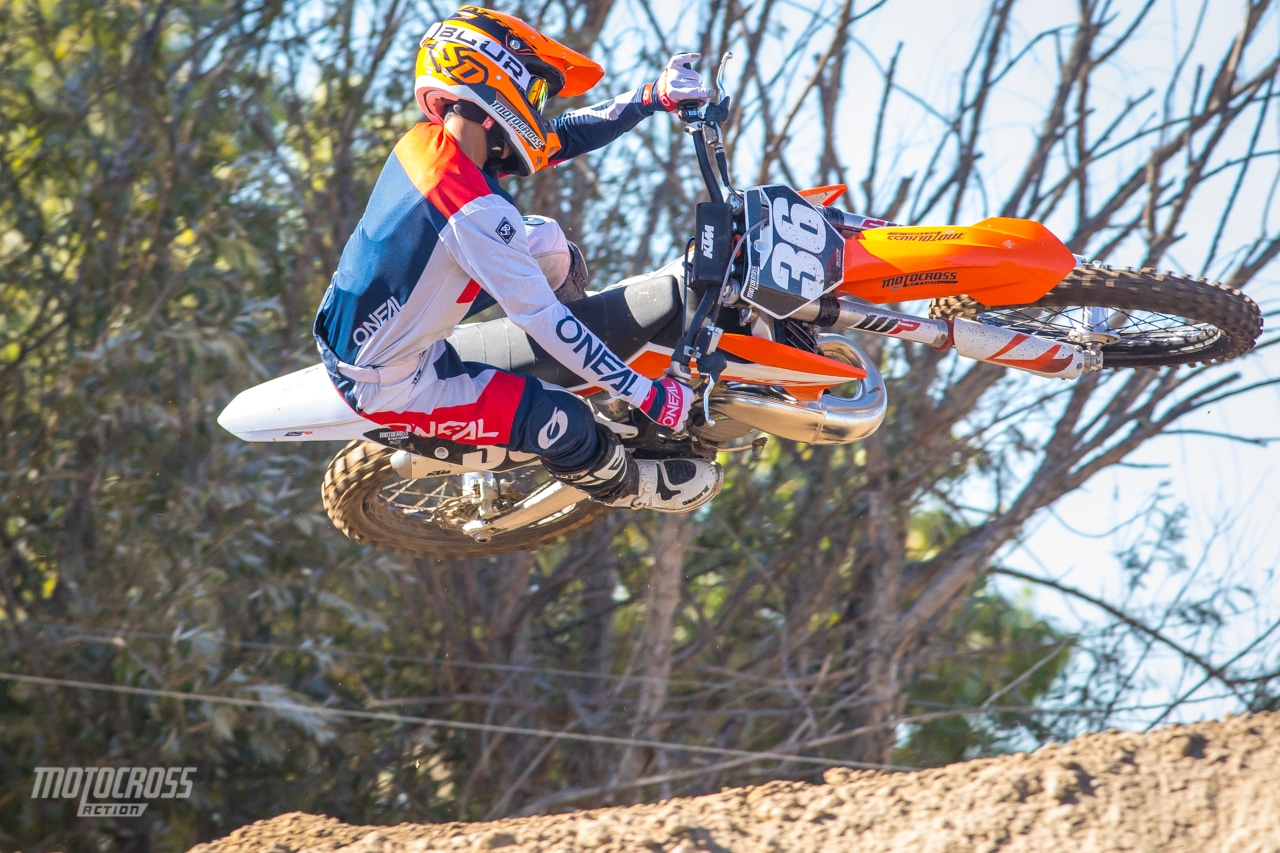
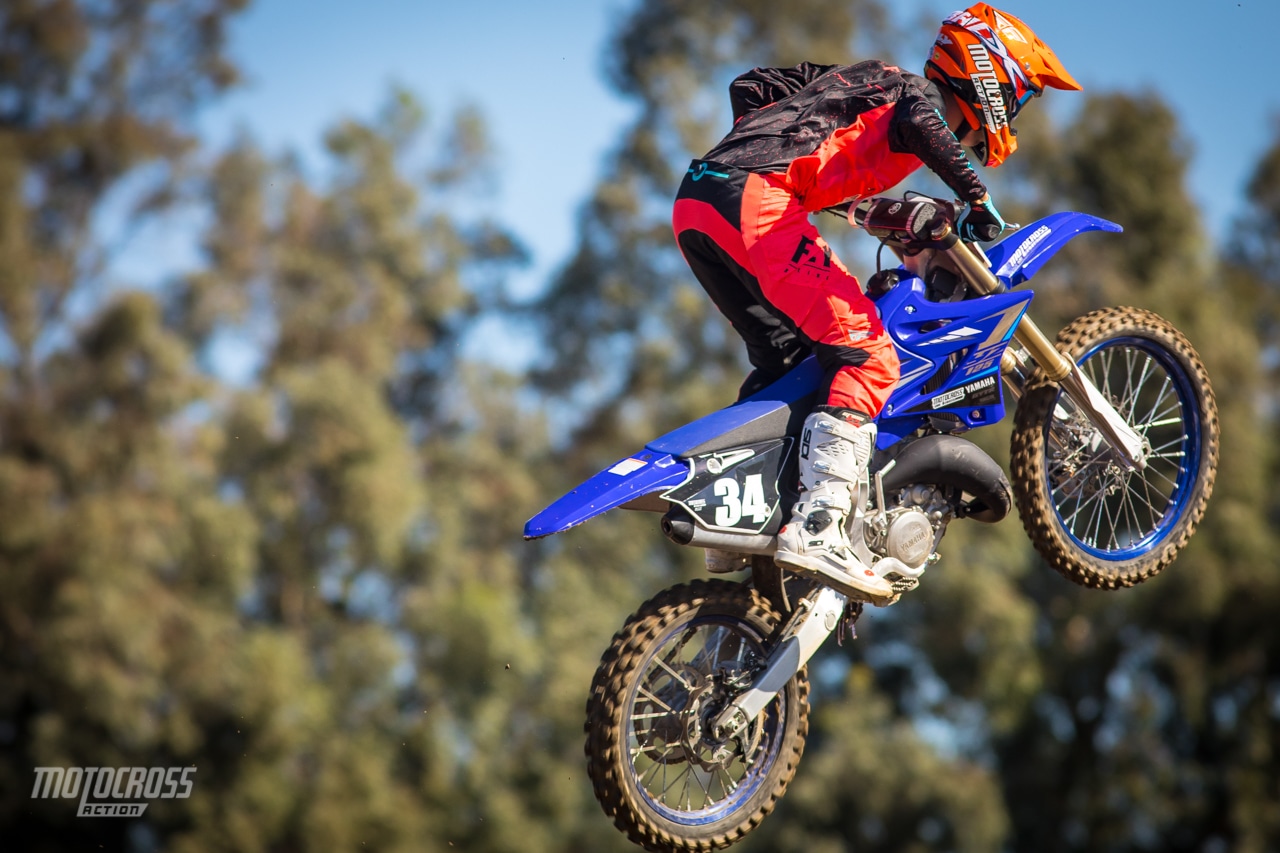
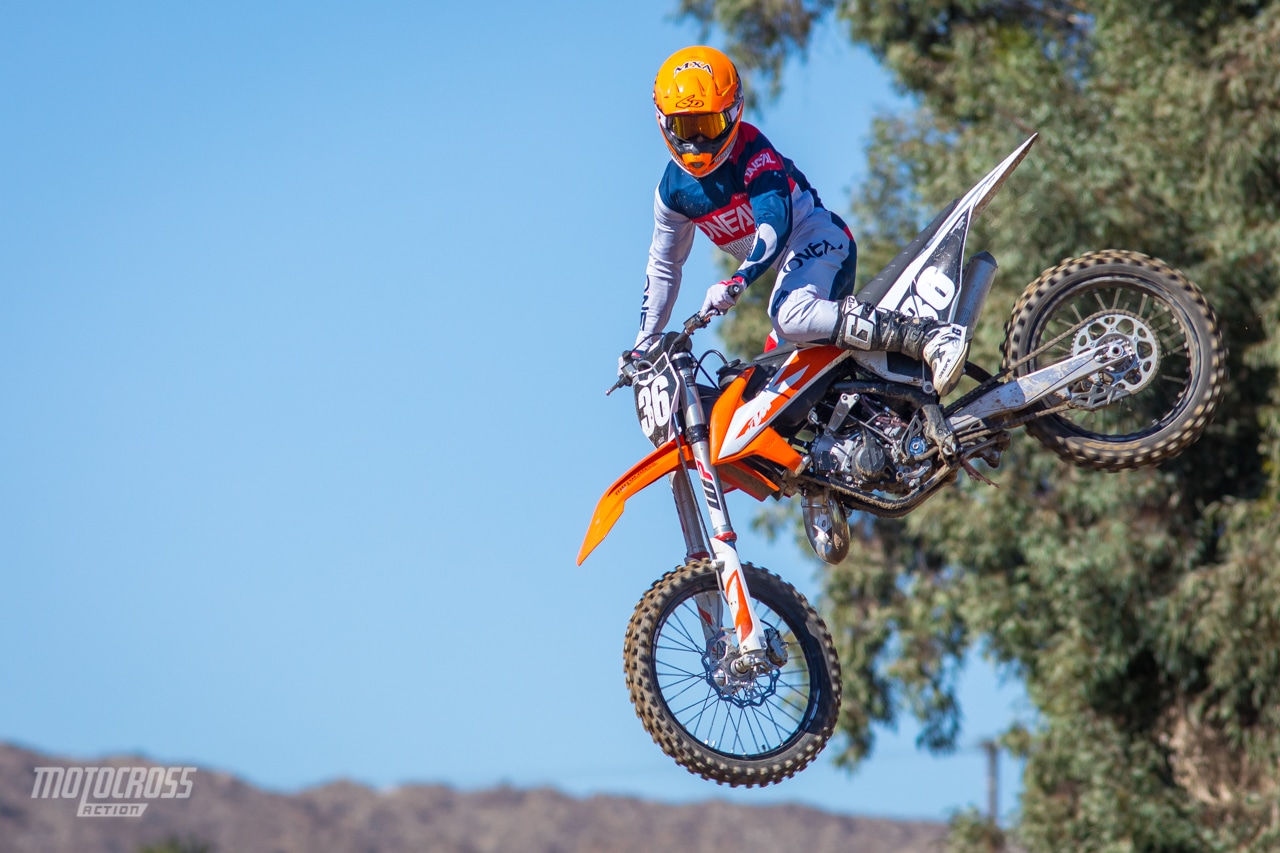


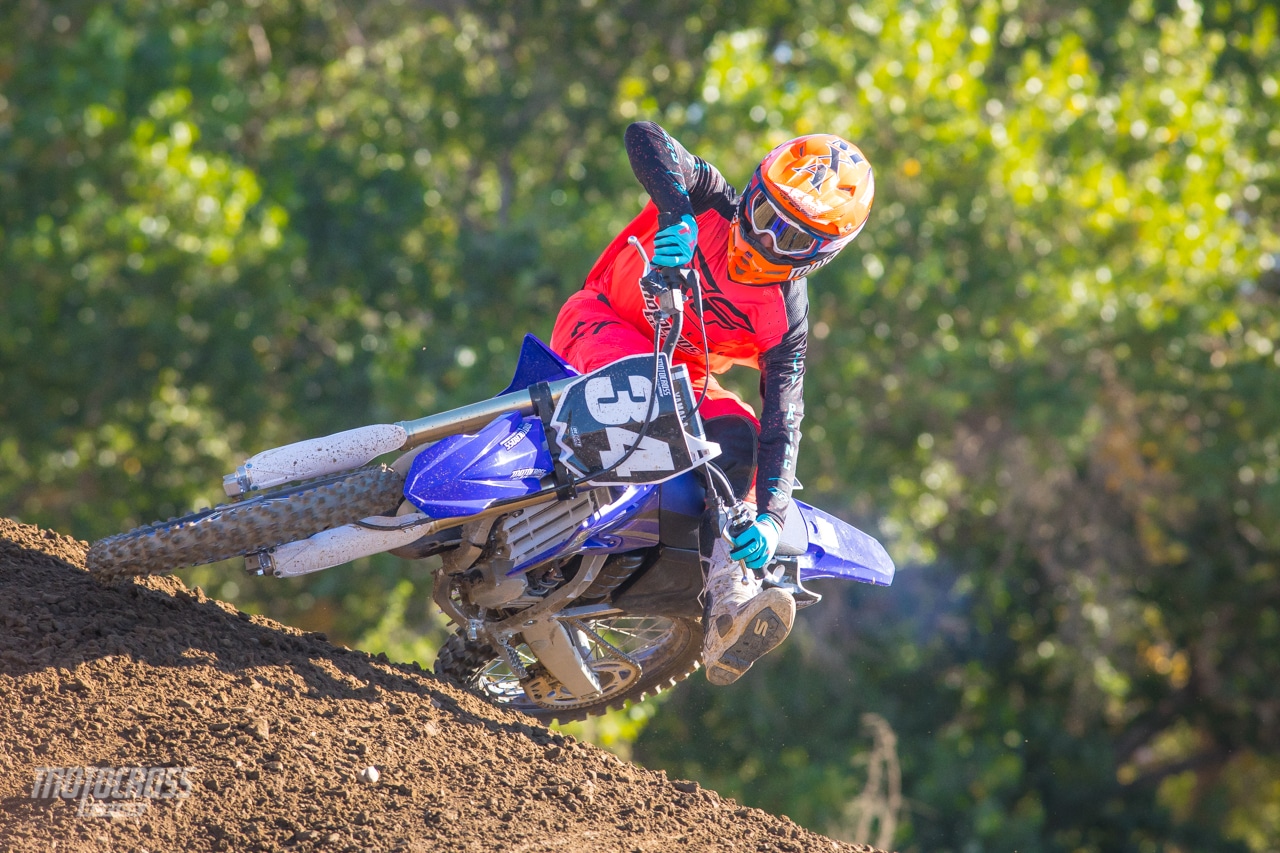

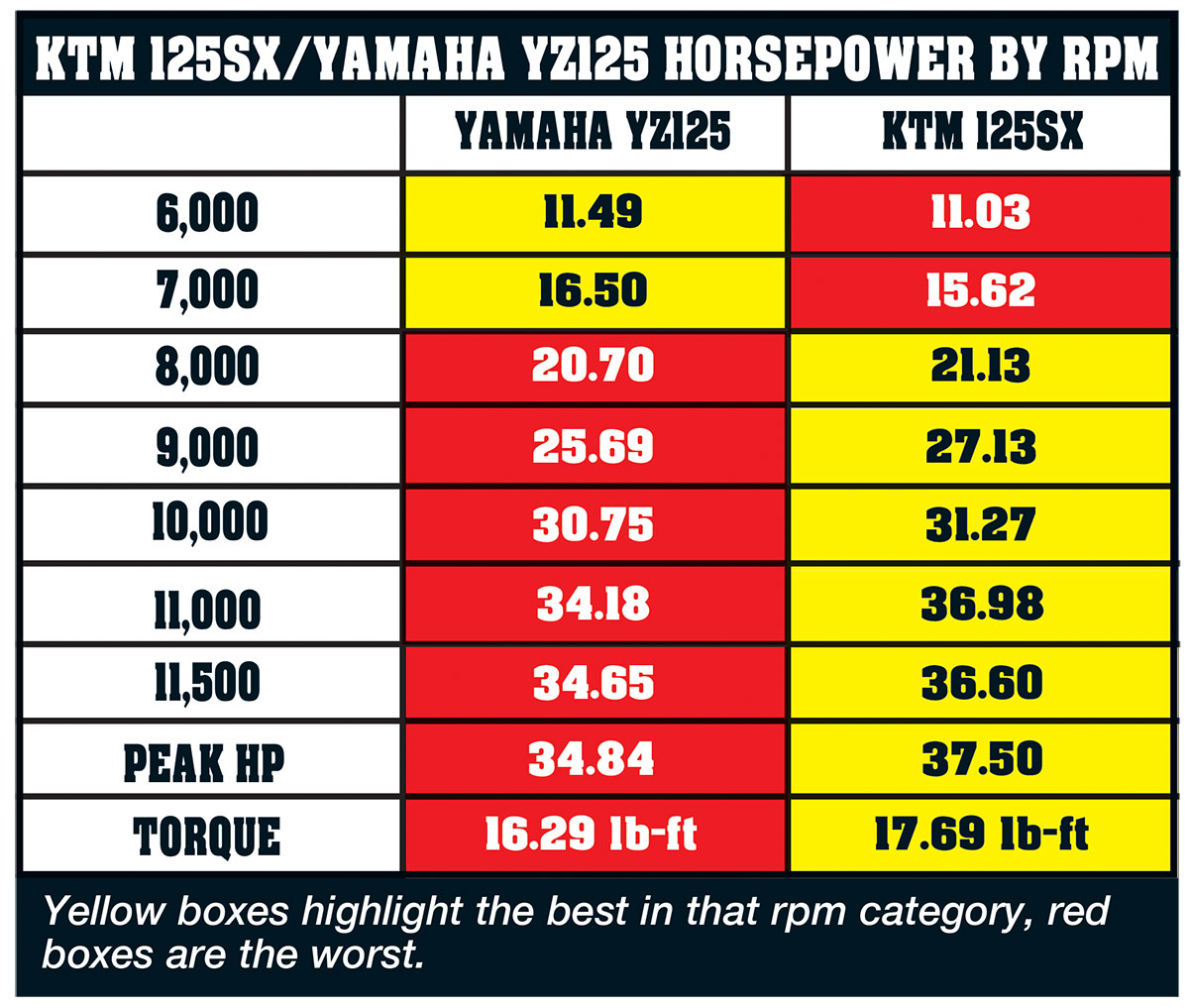




Comments are closed.